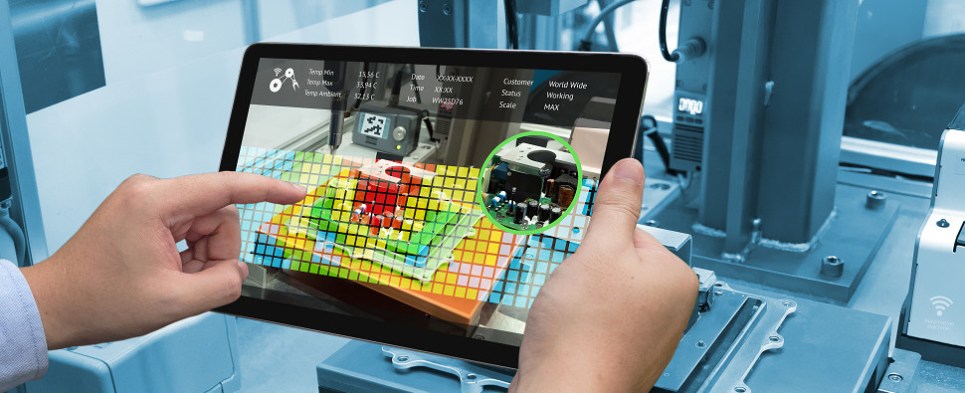Six Technologies to Watch in 2017
What are some of the new technologies that will impact transportation and logistics? Here is a summary of six technologies that will impact those industries, as described I a white apper from Transport Intelligence
Artificial Intelligence/Personal Assistants. Microsoft’s Cortana, Apple’s Siri, Alexa from Amazon, and Google Home are allexamples of how systems are getting smarter by learning from their users. Software developers are augmenting these applications with artificial intelligence engines to identify patterns in big data. Expect developers to start inventing apps for inventory, transportation, and supply chain management.
Connected Sensors/The Internet of Things. In vehicles, these technologies embedded in systems enables them to understand and react to their surroundings. Manufacturing supply chains have accelerated the development of a huge range of sensors. These systems can now be installed on a single chip, so that the supply chains of the future will have every aspect monitored and measured.
Autonomous Vehicles/Transportation Management. Vehicles are increasingly being seen by many technology companies as the ultimate mobile device. In 2016, engineers from Google established a company called Otto—later acquired by Uber—which went operational within nine months delivering its first autonomous shipment in October. A rollout to customers is expected in 2017.
Blockchain. Blockchain, the technology at the heart of virtual currencies, is an open, distributed ledger that can record transactions between parties in a verifiable and permanent way. The ledger can also be programmed to trigger transactions automatically. This makes it “a compelling platform for the establishment of a supply chain visibility application,” according to the white paper. “Blockchain is very likely to be a key element of any secure, robust and transparent supply chain management strategy.”
Social Networks for the Office. There have long been solutions providing collaborative communication platforms, designed around established organizational structures, but unsuited to the flatter and more agile company structures of today. In contrast, solutions such as Slack, Jive, and Salesforce Chatter are all building footholds in the corporate world with rapid and transparent collaboration. They are also easy to implement and maintain since they run in public cloud environments.
Virtual Reality/Augmented Reality. These systems immerse users in a 3D simulation of the real world together with artificial objects and scnenarios emerged from computer gaming. This can be useful in warehouses for inventory management, cross docking, and shipping activities.





The online activities are an easy task to obtain and often involve basic
recommendations and enjoying treatments.